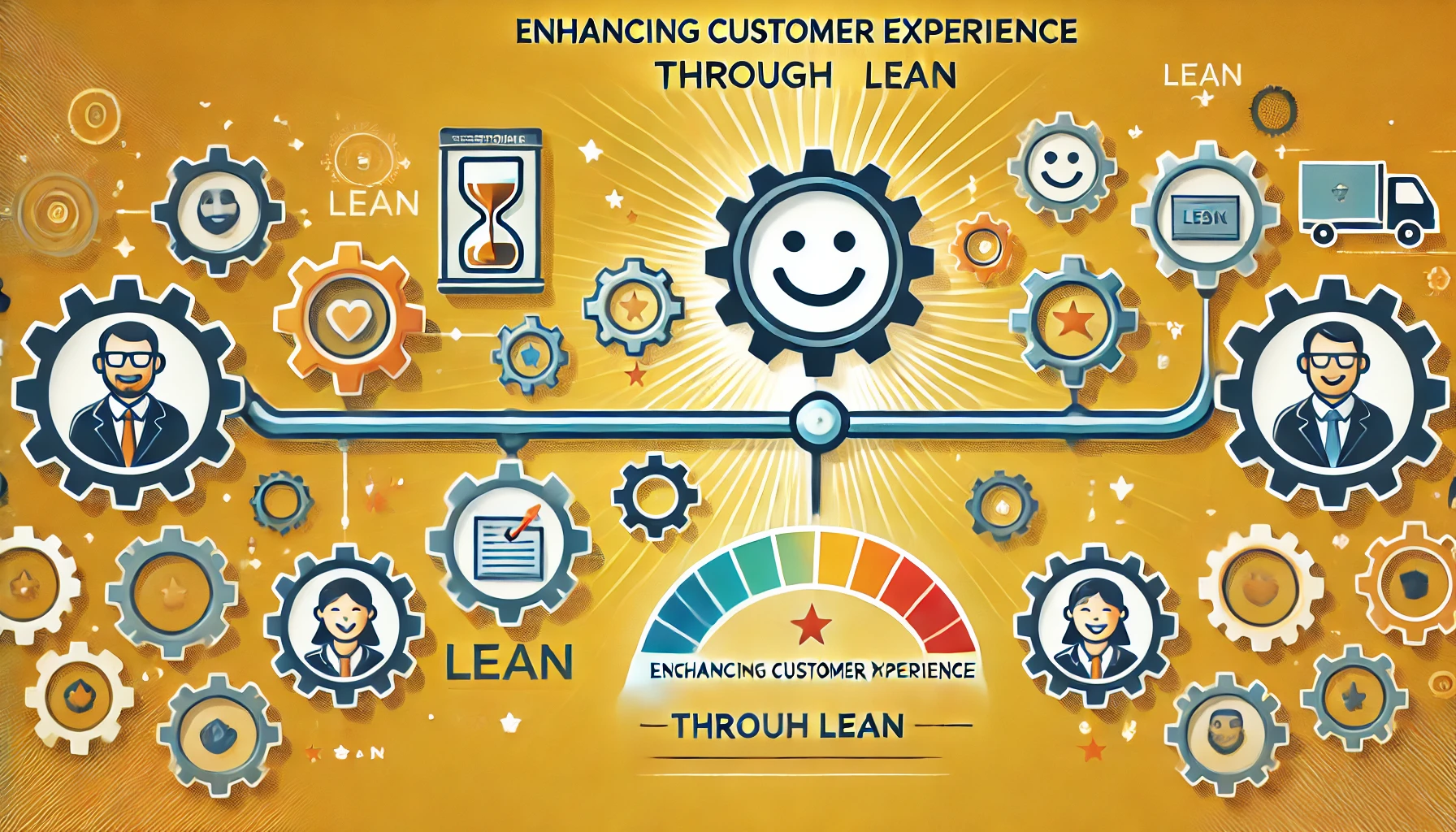In service industries, where customer satisfaction is paramount, improving efficiency and reducing waste are critical to delivering a superior customer experience. Lean thinking, traditionally used in manufacturing, has proven to be an invaluable approach in service sectors as well. By focusing on value creation and eliminating inefficiencies, lean methodologies can significantly enhance the customer experience. In this article, we explore how lean thinking impacts customer experience in service industries and why it should be a cornerstone of your operational strategy.
1. Streamlining Service Delivery
Lean thinking emphasizes the elimination of non-value-added activities, which often translates into faster, more reliable service delivery. By removing bottlenecks and streamlining processes, businesses can meet customer needs more quickly and consistently.
Example:
- A financial services company reduced processing times by 40% by implementing lean techniques, resulting in faster approvals and higher customer satisfaction.
Impact on Customer Experience:
- Quicker service means customers spend less time waiting, leading to higher satisfaction and increased loyalty.
2. Enhanced Quality Control
Lean methodologies focus on continuous improvement and quality control, ensuring that services are delivered correctly the first time. This reduces errors and rework, leading to a more reliable and consistent customer experience.
Example:
- A healthcare provider implemented lean practices to reduce patient wait times and improve accuracy in patient records, significantly enhancing patient trust and satisfaction.
Impact on Customer Experience:
- Improved quality reduces frustrations and builds trust, key factors in retaining customers and encouraging repeat business.
3. Empowering Employees
Lean thinking encourages employee involvement in problem-solving and process improvement. Empowered employees are more engaged, motivated, and likely to go the extra mile to ensure customer satisfaction.
Example:
- A hospitality company used lean techniques to involve front-line staff in designing more efficient check-in processes, which led to a more personalized and quicker guest experience.
Impact on Customer Experience:
- Engaged employees who are empowered to solve problems are better equipped to meet customer needs and provide exceptional service.
4. Improved Resource Management
Lean methodologies help organizations optimize resource use, reducing waste and lowering costs. This efficiency can be passed on to customers through more competitive pricing or reinvested in enhancing service quality.
Example:
- A telecommunications company reduced its operating costs by 30% through lean practices and was able to offer better pricing to customers while improving service delivery.
Impact on Customer Experience:
- Cost savings can lead to lower prices or better service offerings, both of which enhance the overall customer experience.
Conclusion:
Lean thinking is not just about cost-cutting; it’s about creating more value for customers by improving processes, enhancing quality, and empowering employees. By adopting lean methodologies, service industries can deliver a superior customer experience, driving satisfaction, loyalty, and long-term success. If you haven’t yet implemented lean thinking in your operations, now is the time to start reaping the benefits for both your business and your customers.

